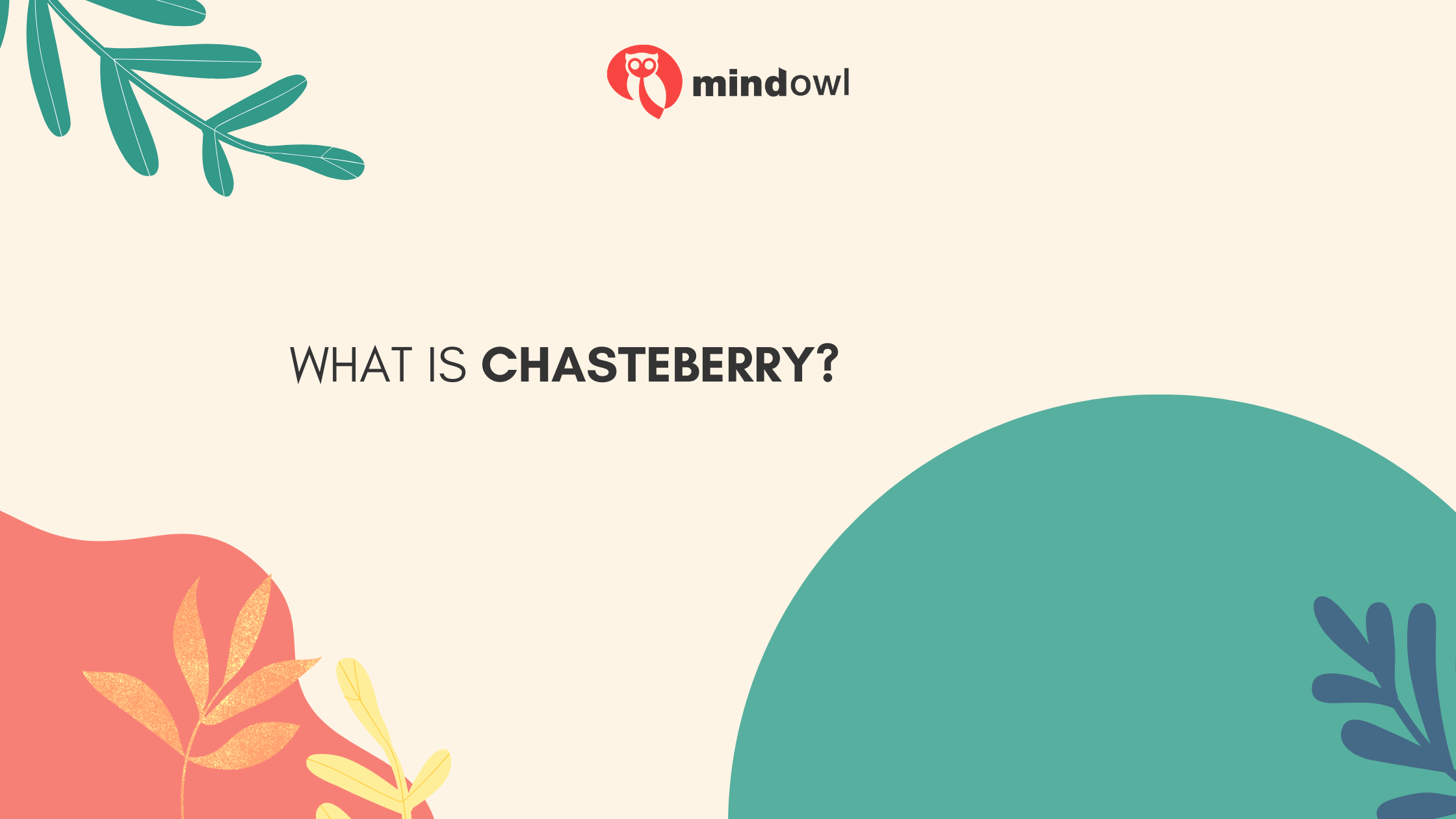When it comes to herbal remedies and women’s health, chasteberry stands out as a notable choice. Often referred to as a natural solution for various female health concerns, this fruit from the chaste tree has a rich history of applications that date back centuries.
Chasteberry has garnered attention for its potential benefits, from aiding hormonal balance to addressing menstrual symptoms. Explore the origins, properties, and scientific evidence surrounding this intriguing botanical and see why you’ll want to add these women’s vitamins to your routine.
The Origins and History of Chasteberry
Chasteberry, also known by its scientific name Vitex agnus-castus, is a fruit indigenous to the Mediterranean region. Its historical use can be traced back to ancient times when it was believed to promote chastity — hence its name.
In the ancient world, chasteberry was used by men and women to support reproductive health and hormone regulation. From ancient Greece to Rome, its reputation grew as a natural remedy for a variety of ailments.

Understanding Chasteberry: What Is It?
Chasteberry is a small, reddish-brown fruit from the chaste tree, a shrub-like plant in the Verbena family. It is about the size of a peppercorn and has a mild peppery taste.
The active compounds found in chasteberry are thought to interact with hormonal pathways in the body, particularly affecting levels of prolactin and luteinizing hormone. As a result, chasteberry is often associated with supporting hormonal balance, especially in women.
What Are the Benefits of Chasteberry?
Chasteberry is renowned for its potential benefits for women’s health, primarily due to its impact on hormone regulation. This herbal remedy is believed to help alleviate symptoms associated with premenstrual syndrome (PMS), such as mood swings, bloating, and breast tenderness.
Additionally, chasteberry may help regulate menstrual cycles, reduce symptoms of menopause, and support fertility. Its versatility in addressing a range of women’s health concerns has made it a popular choice among those seeking natural relief solutions.
Scientific Evidence and Research on Chasteberry
Research on chasteberry’s effectiveness in promoting women’s health has gained momentum in recent years. Several studies have explored the potential benefits of chasteberry in managing conditions like PMS, irregular menstrual cycles, and fertility issues.
One systematic review published in the “Journal of Women’s Health & Gender-Based Medicine” found that chasteberry supplementation was associated with a significant reduction in PMS symptoms. Moreover, research suggests that chasteberry may help normalize reproductive hormone levels, providing further evidence of its therapeutic potential.
How Do You Use Chasteberry?
Chasteberry is commonly consumed as a supplement, including capsules, tinctures, and teas. When using chasteberry supplements, following the dosage instructions provided by the manufacturer or a healthcare professional is essential.
Typically, the recommended dosage of chasteberry extract ranges from 20 to 40 mg per day. It’s advisable to start with a lower dose and gradually increase as needed. Chasteberry supplements are often taken once daily, preferably in the morning with a meal to enhance absorption.
Potential Side Effects and Interactions
While chasteberry is generally considered safe for most individuals, it may cause mild side effects in some cases. Common side effects reported with chasteberry supplementation include digestive issues, such as upset stomach, nausea, or headache.
Additionally, some individuals may experience allergic reactions to chasteberry. It’s crucial to discontinue use and consult a healthcare provider if any adverse reactions occur.
Interactions with medications are possible when using chasteberry, especially for individuals taking hormonal medications or contraceptives. Chasteberry may impact hormone levels in the body, which could interfere with the effectiveness of certain medications. Therefore, it’s essential to inform your healthcare provider about any supplements you are taking.
FAQs About Chasteberry
As the popularity of chasteberry continues to rise in the realm of natural remedies, it’s useful to address common questions and misconceptions surrounding this herbal supplement. Exploring frequently asked questions about chasteberry can provide valuable insights into its diverse applications and benefits.
Is Chasteberry Safe During Pregnancy?
Due to its potential hormonal effects, chasteberry is not recommended for use during pregnancy. It is best to avoid chasteberry supplementation while pregnant or breastfeeding unless advised by a healthcare provider.
Can Men Use Chasteberry?
While chasteberry is often associated with women’s health, men can benefit from its hormonal-balancing properties. Men may find chasteberry useful in supporting prostate health and hormonal balance.
Is Chasteberry Suitable for Individuals With Hormonal Imbalances?
Chasteberry is often recommended for individuals with hormonal imbalances, as it is believed to help regulate hormone levels, particularly in women. Consultation with a healthcare provider is advisable to determine if chasteberry is suitable for managing hormonal issues.
A Natural Journey Towards Women’s Wellness
Chasteberry is a versatile herbal remedy with a long history of use in promoting women’s health. From aiding hormonal balance to alleviating menstrual symptoms, chasteberry offers a natural solution for various health concerns. Embrace the power of chasteberry and explore its role in supporting your journey toward optimal health and vitality.
MindOwl Founder – My own struggles in life have led me to this path of understanding the human condition. I graduated with a bachelor’s degree in philosophy before completing a master’s degree in psychology at Regent’s University London. I then completed a postgraduate diploma in philosophical counselling before being trained in ACT (Acceptance and commitment therapy).
I’ve spent the last eight years studying the encounter of meditative practices with modern psychology.

